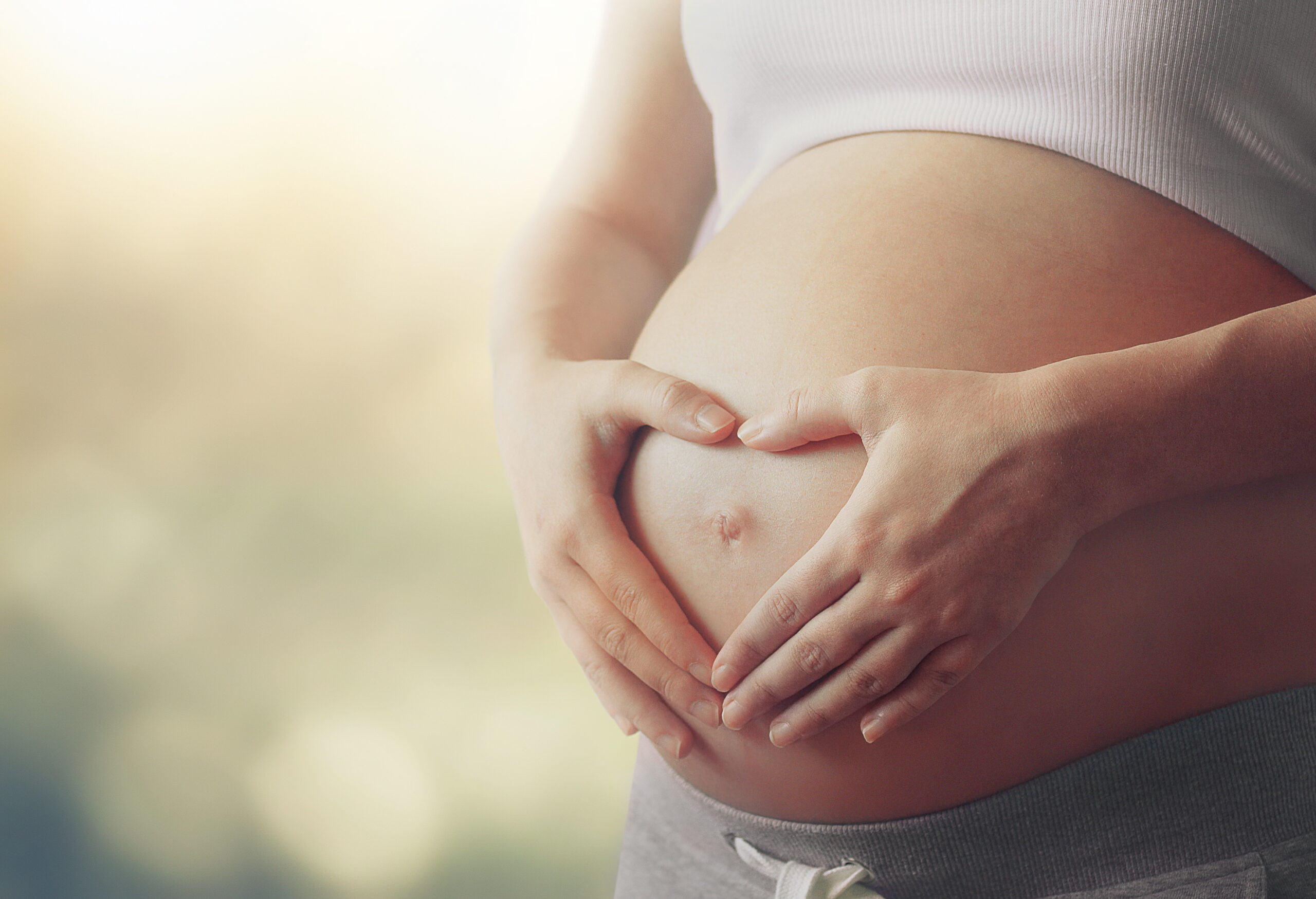By: Kerri Fitzgerald
A small study found that among pregnancies in which the mother was exposed to ponatinib, cases of Hirschsprung’s disease (HD) occurred. Paternal exposure to ponatinib did not appear to result in a significant risk to offspring.
Elisabetta Abruzzese, MD, of the S. Eugenio Hospital at Tor Vergata University in Rome, presented the findings at the 2025 EHA Congress in Milan.
Researchers retrospectively assessed the Incyte Global Safety Database for all reports of pregnancy in ponatinib-treated women or female partners of ponatinib-treated men from December 21, 2007, to December 13, 2022, and identified 67 pregnancies.
Among pregnancies with paternal ponatinib exposure (52%; n=35), the most common (71%) malignancy being treated was chronic myeloid leukemia (CML). In the paternal exposure cohort, there were 22 (63%) pregnancies with known outcomes: 4 (18%) resulted in spontaneous abortions and 18 (82%) resulted in live births, 14 of which were healthy, 1 had a congenital anomaly (fatal Patau syndrome), and 3 had no other information available. Most pregnancies resulting in healthy infants (n=9; 64%) and the one resulting in fatal Patau syndrome had paternal ponatinib exposure for more than 3 months at the time of conception.
Among the 32 (48%) pregnancies with maternal ponatinib exposure, most (88%) were also being treated for CML. In the maternal exposure cohort, 19 (59%) pregnancies had known outcomes: 11 (58%) resulted in abortion—4 were spontaneous, 6 were elective, and 1 was unspecified—and 8 (42%) resulted in 9 live births, including 4 healthy infants, 2 with a congenital anomaly, 1 with low birth weight, and 1 set of twins with no other information available. Both infants with congenital anomalies had HD and 1 also had renal insufficiency. These infants were exposed to ponatinib until the seventh and ninth gestational weeks, respectively. Among the 4 healthy infants, 1 was exposed to ponatinib until the fourth gestational week, 1 was exposed until the sixth, 1 was exposed until week 6 and from week 20, and 1 had an unknown duration of exposure.
Pregnancies with both maternal and paternal exposure that resulted in spontaneous abortions lacked critical information or had confounding factors.
The authors cautioned that the small number of reports, limited information, and retrospective nature of the study “preclude definite conclusion” and noted the study “does not provide sufficient support for a causal association between [ponatinib] exposure and risk of HD.”
“In case of accidental or planned pregnancy, risk/benefit evaluations must be carried out on an individual basis, with careful counseling of the parents,” the authors concluded.
Reference
Abruzzese E, Chelysheva E, Bardey-Kanaan M, et al. Impact of ponatinib treatment on pregnant outcomes. Abstract #PS1598. Presented at the European Hematology Association 2025 Congress; June 12-15, 2025; Milan, Italy.







